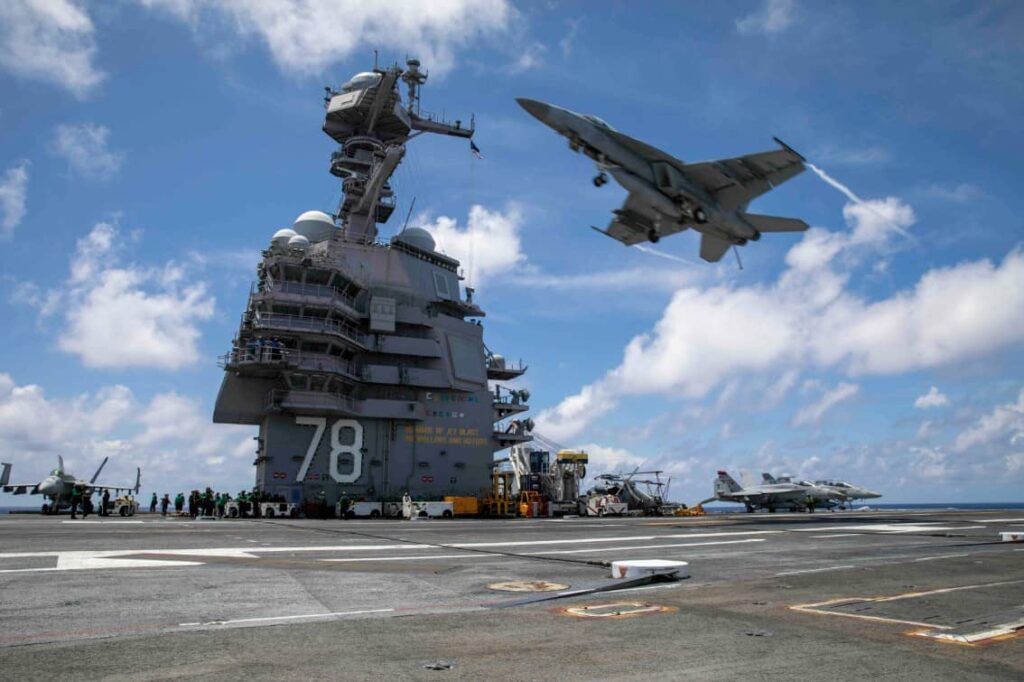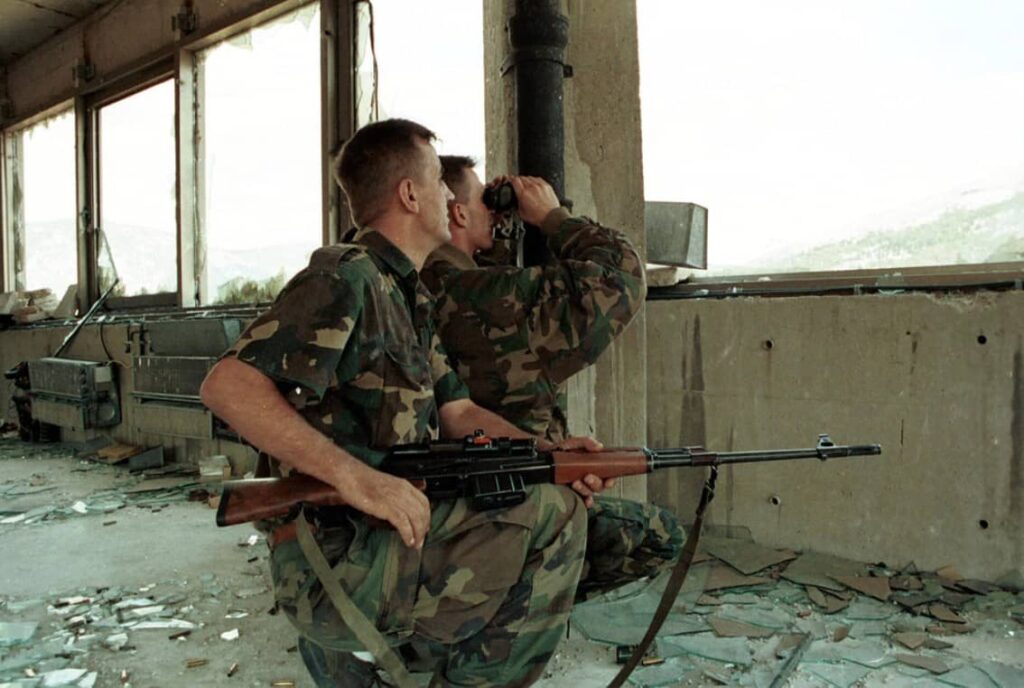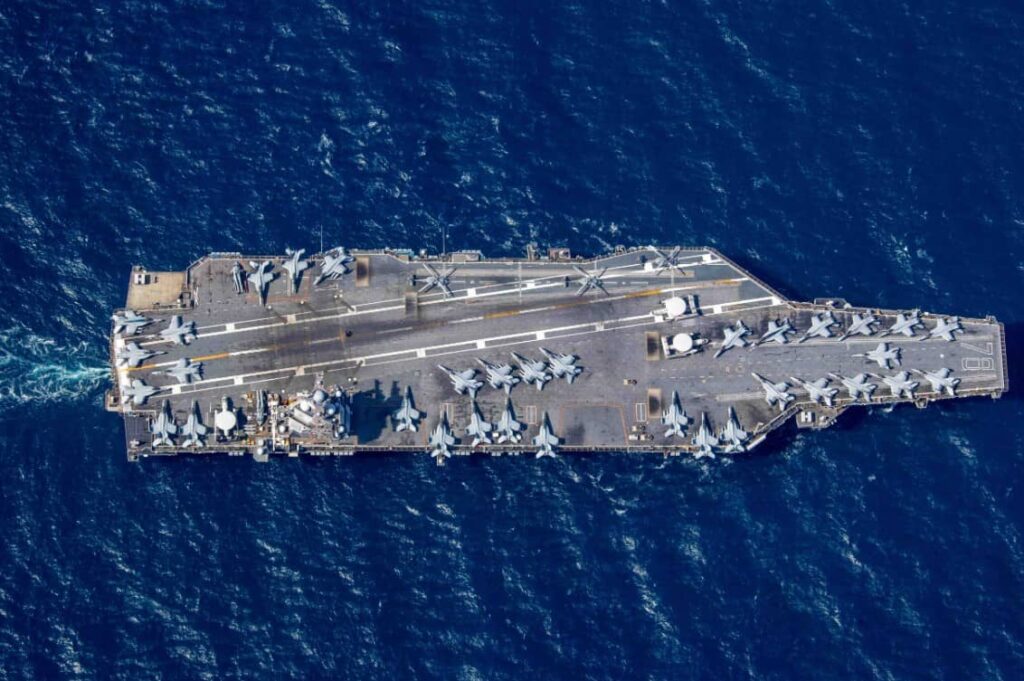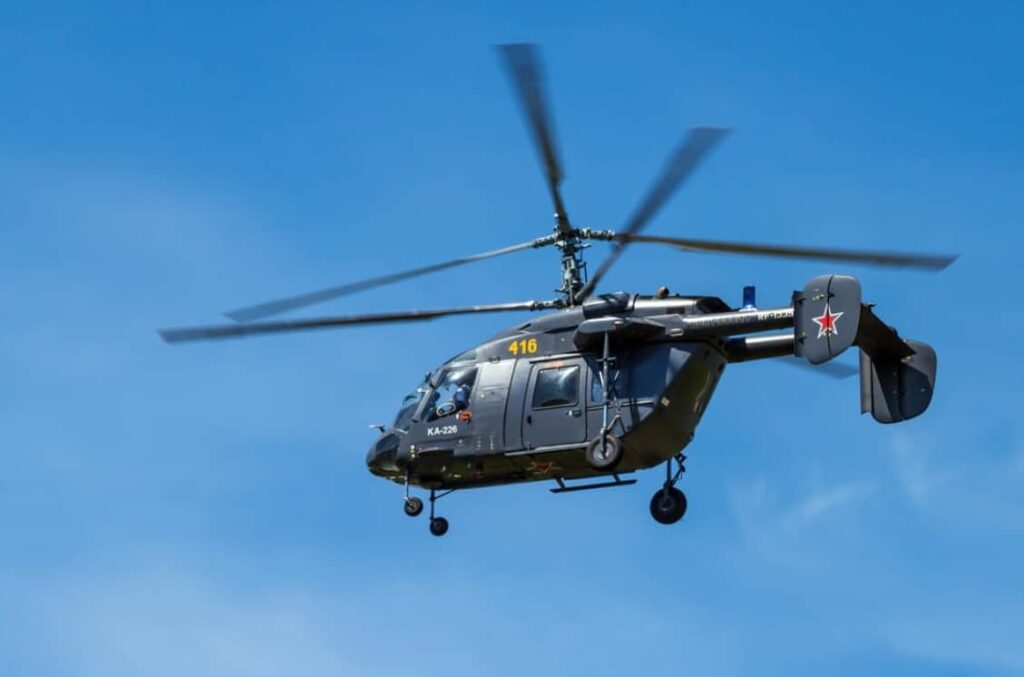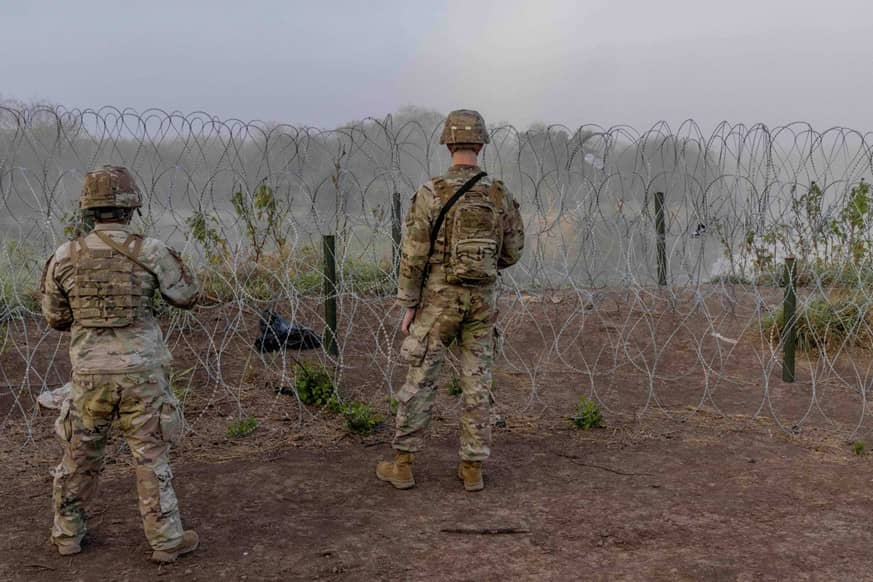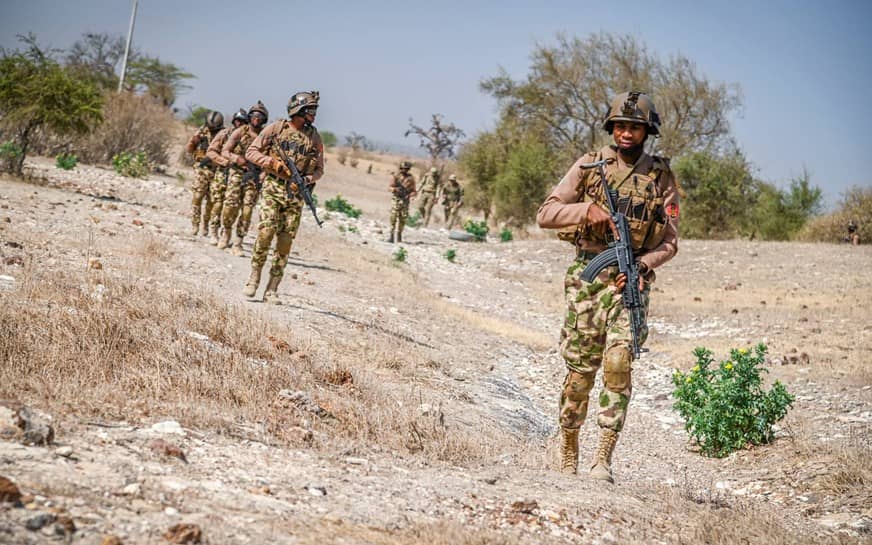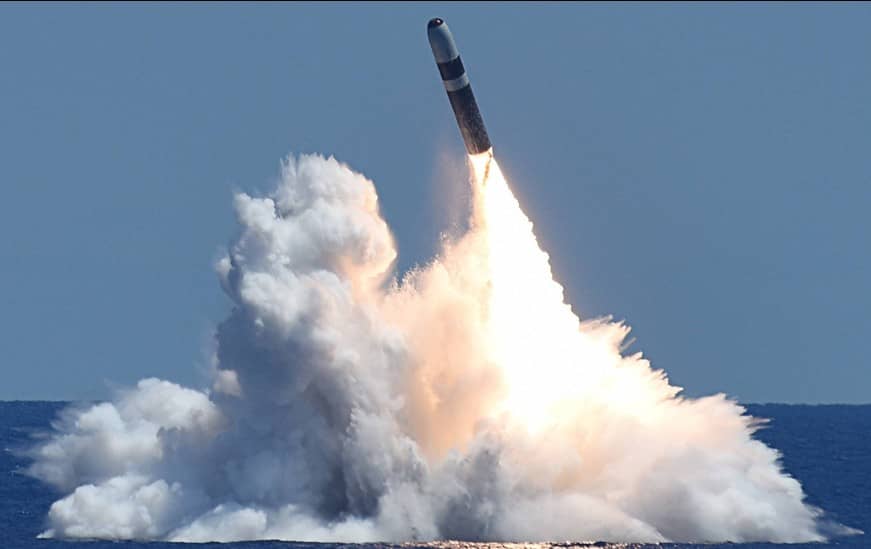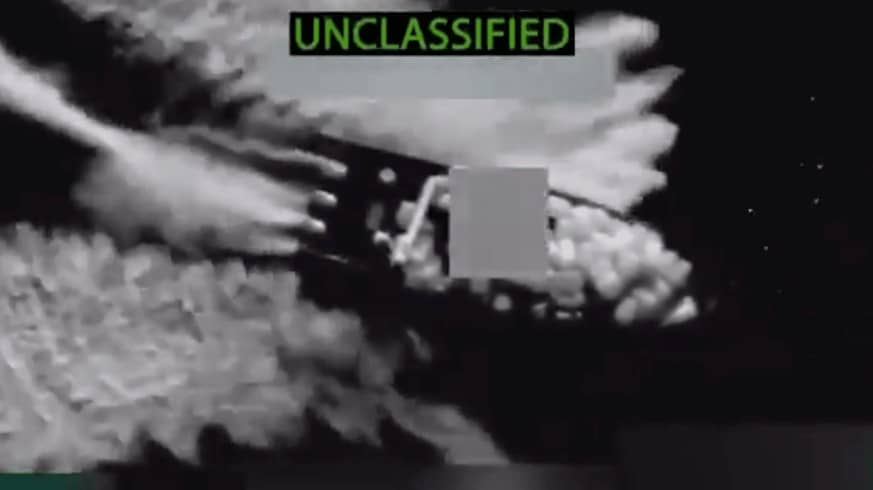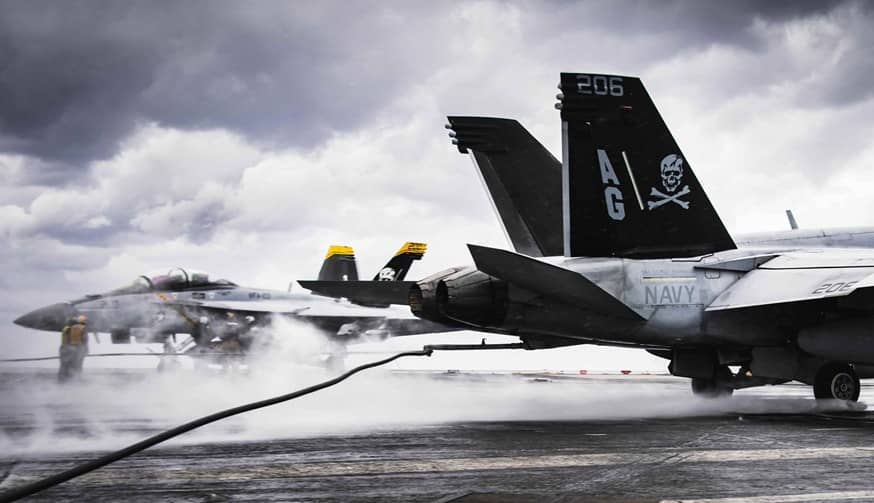Iran Launches Ballistic Missile with Cluster Warhead at Israel
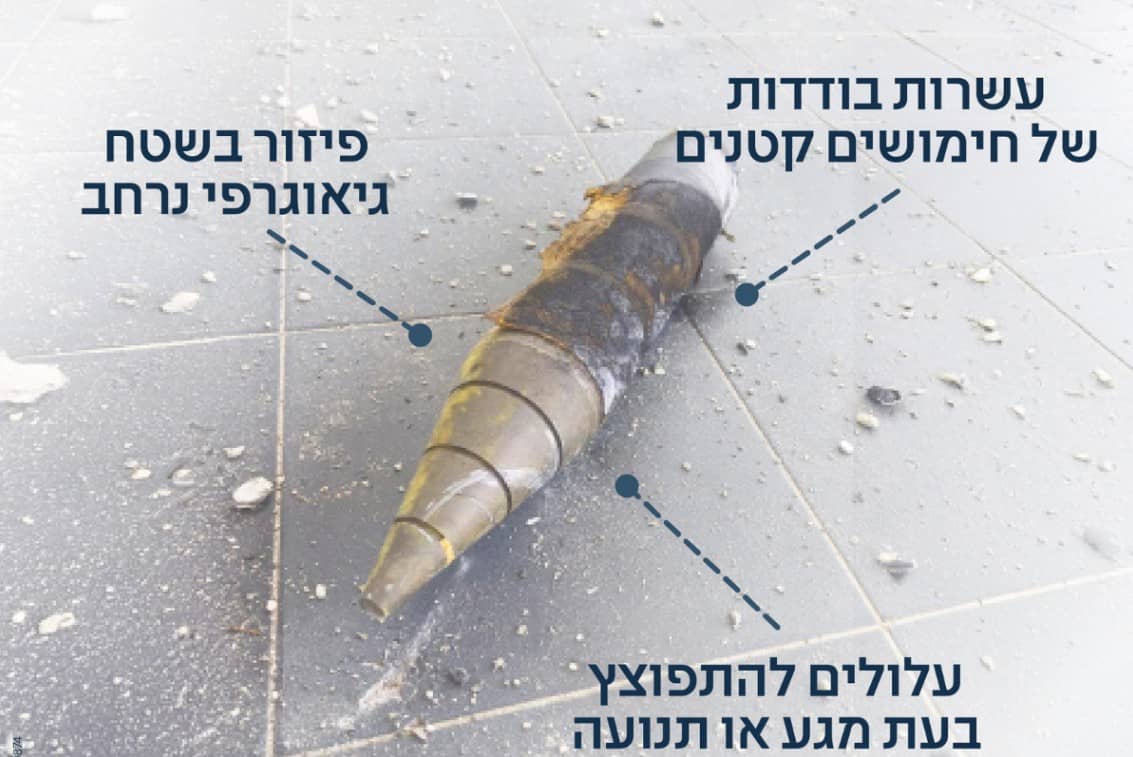
The Israeli military confirmed Thursday that at least one ballistic missile launched by Iran in a morning barrage carried a cluster bomb warhead, marking a new escalation in a week-long exchange of attacks between the two countries.
The missile’s warhead reportedly broke apart mid-air at an altitude of approximately 23,000 feet, dispersing around 20 submunitions over a wide area, according to the Israel Defense Forces (IDF) Home Front Command. Each submunition contained approximately 2.5 kilograms (5.5 pounds) of explosives and was designed to detonate on impact. The munitions fell across a zone with an estimated 10-mile diameter.
BREAKING 🔴🔴
— Open Source Intel (@Osint613) June 20, 2025
Iran used a cluster bomb in its latest strike on Beersheba. Footage shows multiple small blasts across the city, pointing to a ballistic missile with a warhead that split mid-air, scattering explosive submunitions over an 8-kilometer radius.
IRGC has no limits. pic.twitter.com/fllbb8Bpof
An Israeli military official said the deployment of cluster munitions increases the threat radius significantly compared to conventional warheads, despite each individual bomb causing smaller explosions. One submunition struck a home in the central Israeli town of Azor, causing damage but no reported casualties.
“Today, the Iranian Armed Forces fired a missile that contained cluster submunitions at a densely populated civilian area in Israel,” stated the Israeli embassy in Washington in an email, as reported by The Times of Israel. The email did not specify the impacted area. It continued, “Cluster weapons are designed to disperse over a large area and maximise the chances of a harmful strike.”
Earlier that day, Iranian state media affiliated with the Islamic Revolutionary Guard Corps released footage showing a launch of a Khorramshahr-4 medium-range ballistic missile, also known as Kheibar.
While Israeli officials have not confirmed the exact missile type, speculation has grown over the Khorramshahr-4’s involvement.
🇮🇷| Media Iran seperti Fars News membocorkan rekaman MRBM Khorramshahr-4 (dari sebuah latihan) yang menunjukkan Iran masih memiliki banyak kartu belum digunakan dan pastinya akan digunakan pada waktunya. pic.twitter.com/S7f86ZYP4E
— SW News - SOFT WAR NEWS (@SoftWarNews) June 19, 2025
Many of the munitions reportedly failed to detonate on impact, leaving hazardous unexploded ordnance scattered across central Israel.
IDF sappers have since located and disposed of 20 of these bombs. The Home Front Command has urged the public not to approach any missile remains and to report them immediately.
🚨 Iran fired a missile with a cluster bomb today. It exploded in the air and dropped small bombs across 8 km.💥 pic.twitter.com/HB8seqMS8D
— Mansoor Ahmed Qureshi (@MansurQr) June 20, 2025
Cluster munitions, banned under the 2008 Convention on Cluster Munitions signed by 112 countries, are not outlawed by Israel, Iran, or the United States. Human rights organizations have long criticized the weapons due to their wide-area effect and high failure rate, which can leave dangerous remnants long after a conflict ends.
Iran has launched more than 450 missiles and around 1,000 drones at Israel since Israel began a large-scale assault targeting Iran’s military leadership and nuclear infrastructure last Friday.
On Thursday morning alone, roughly 20 ballistic missiles were fired. At least three others that hit their targets in Israel carried conventional warheads with hundreds of kilograms of explosives. Strikes landed at Soroka Hospital in Beersheba and residential areas in Ramat Gan and Holon, wounding dozens, including six seriously.
Iran’s mission to the United Nations has not responded to requests for comment on the use of cluster munitions.
Brig. Gen. Effie Defrin, an Israeli military spokesperson, said in a briefing that Iran “used weapons with wide dispersal in order to maximise the scope of the damage,” referring to the cluster bomb deployment.
While the full extent of the cluster munitions used in Thursday’s attack remains uncertain, this marked the first instance of such a weapon being used in the current conflict.

